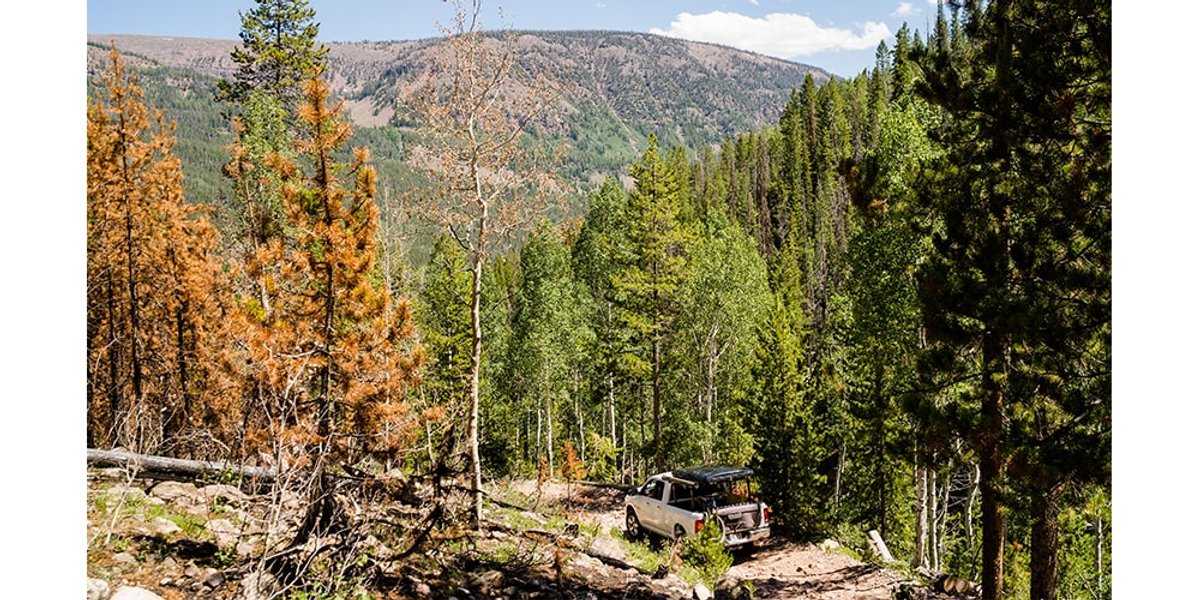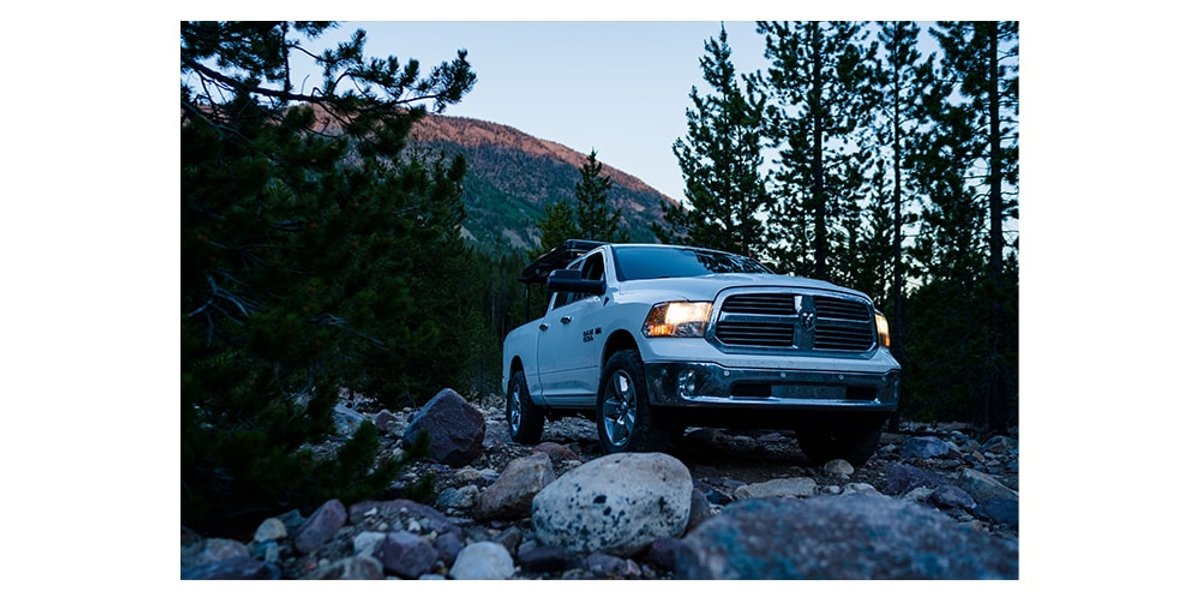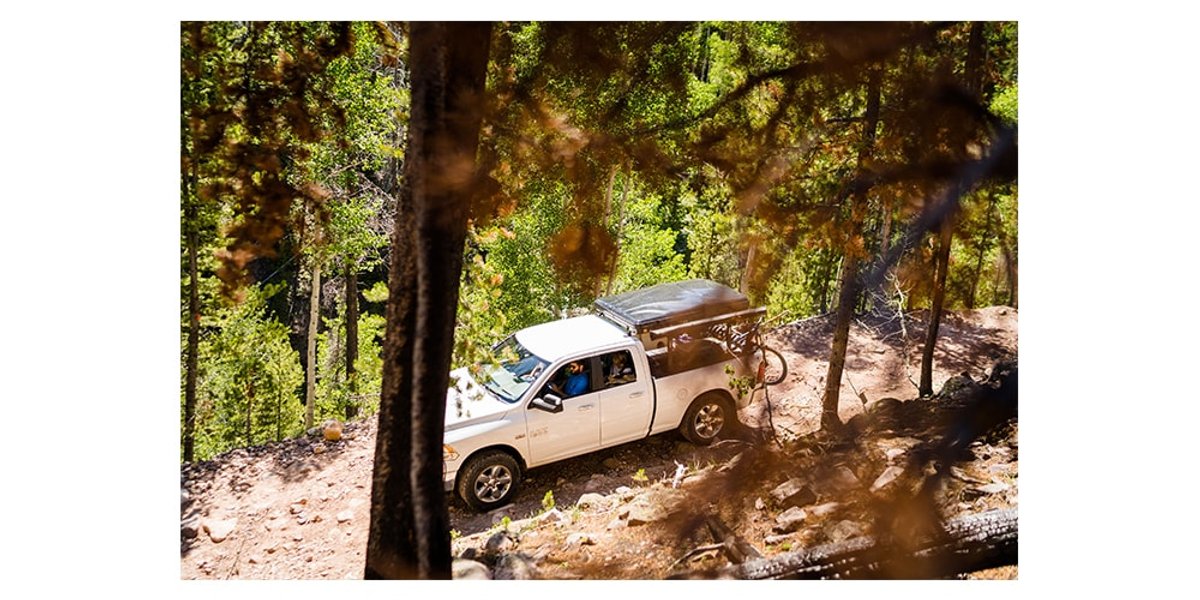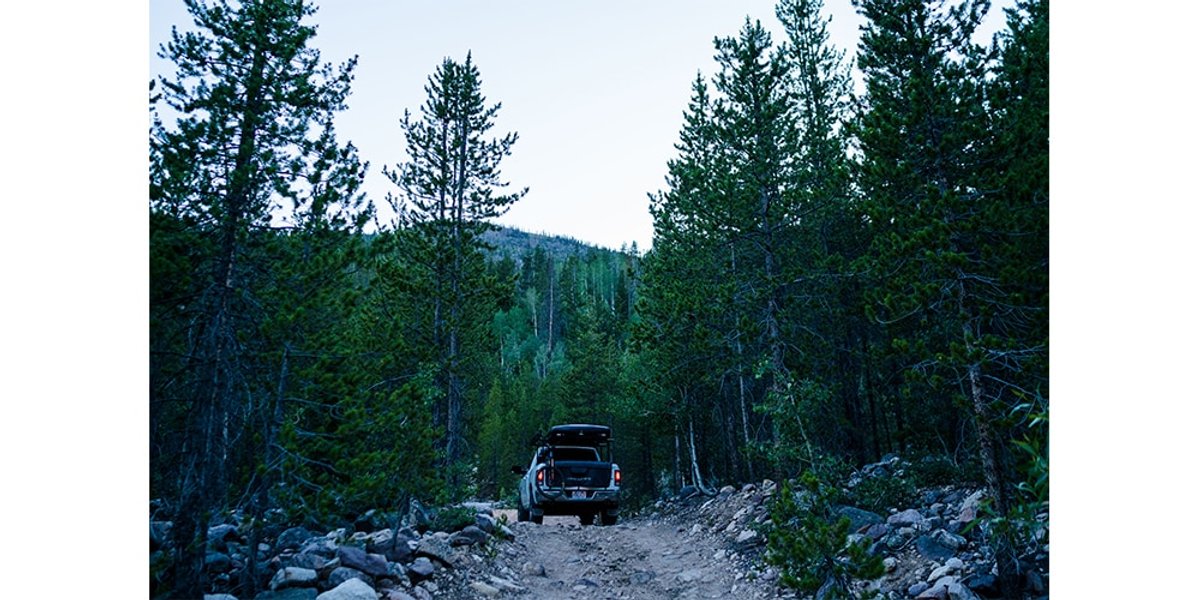Overlanding: A Beginner’s Guide
What It Is and How to Gear Up
Overlanding is taking the U.S. by storm. It’s popular amongst adventure-travel enthusiasts, outdoor recreationists, and die-hard off-roaders alike. But it’s much different than traditional off-roading.
A blend of off-roading and backcountry camping, overlanding covers large distances, and allows you to carry everything you need either in or on top of your vehicle. In essence, it’s like backpacking—with a car.
The origin of overlanding isn’t recreational, however. It began in Australia as a way to herd livestock across large areas of land, originally with horses and eventually using mechanized transportation. The term was later used by workers who traveled long distances to build highways across the Australian Outback and has since turned into its own class of outdoor recreation.

What Is Overlanding?
There’s a common overlanding mantra: The journey is the goal. Overlanding is all about the adventure itself, getting into the backcountry, experiencing new places, and relying solely on your own preparation and resources.
You can mix overlanding with other outdoor activities like mountain biking, hiking, running, or climbing for a full off-the-beaten-path adventure. You can go for as short as a weekend and as long as a few months.
Regardless of what you want to get out of your overlanding experience, your vehicle is what your legs and backpack are when you’re backpacking. It needs to be able to handle rough terrain and bad weather, and be equipped with everything you need for an extended stay in the backcountry.

“The ability to hit the road at 5 pm on a Friday after work, with all your gear in your vehicle maximizes my time spent doing what I love outdoors.” -Morgan Griffith, Backcountry Employee
What Type of Vehicle Do You Need?
An overlanding rig can be anything from a Subaru Crosstrek to a motorcycle—really any vehicle that was designed with some off-road intent.
With the exception of motorcycles, which should be off-road-specific, the vehicle you choose for overlanding should be four-wheel drive or all-wheel drive, at minimum. It should have high clearance, off-road tires, and good suspension.
Extra cargo space is a plus, but with many options for roof racks and other overlanding accessories on the market, even smaller vehicles can be modified to allow you to take along all the gear you need.

“Don’t let the sticker shock freak you out. In reality, you don’t need much to have a great time. Think about what’s most important to you, start there, and slowly add to your rig as you learn what you value most. For me, the important first steps were a small lift and 34 inch tires so I could go where I wanted.” -Vinny Mauro, Backcountry Employee

No matter which vehicle you’re going to use for overlanding, knowing its limitations is necessary when you’re planning a trip.
The Essential Gear for Overlanding
Since you’ll be far from a repair shop, some basic mechanical know-how and tools are important for overlanding. These include:
- Tow strap: In case you or another vehicle needs to be hauled.
- Shovel: Dig out your car if you get stuck.
- Jack: A factory jack is better than no jack, but consider investing in an off-road floor jack for ease of use on uneven terrain.
- Spares: Spare fuses, tires, engine oil, and anything else that your vehicle could require.
- Tire repair kit: Because off-roading can be hard on the tires.
- A basic toolkit: Helpful for anything from car repairs to fixing camp furniture.

Your vehicle is your transportation but also your home. Here’s what we recommend to kit out your vehicle for overlanding, and stay safe in the backcountry:
- Roof rack: Extra cargo space to carry everything you need for a big trip.
- Rooftop tent: While you can sleep inside your vehicle, it’ll probably be stuffed with gear. Save setup time and cargo space with a tent that mounts on top of your vehicle. For trucks, an in-bed cargo deck with an air mattress on top is a great alternative.
- Food storage: Large coolers, like the Yeti Tundra 210, offer plenty of room and will stay cold for a few days if managed correctly.
- Kitchen essentials: Camp stove, table, pots and pans, utensils, etc..
- Water storage: Five-gallon jugs are perfect for water storage. If you’re planning on overlanding near a water source, bring a water filter so you can refill your jugs.
- First aid kit with full trauma kit: Hopefully you’ll never need it, but if you do, you’ll likely be far from a hospital. Keep one in your vehicle and know how to use it.
- Navigation system: Plan and stay on route with a GPS. Keep a print map in your vehicle too, just in case!
- GPS messenger: It’s good to unplug, but that can be bad if there’s an emergency. A satellite messenger is handy when you’re far from cell service.
- Everything else: Unlike backpacking, weight isn’t an issue with overlanding. If you’ve got room, don’t skimp on creature comforts like camp furniture, a solar generator, a portable shower—even a portable toilet—and make your 4×4 your home away from home.
Ready to overland? Shop the essentials.
Safety
Overlanding makes it possible to get into the backcountry and explore new places. That also means you’ll have to be self-reliant in case of an emergency.
Never leave for an overlanding expedition without extra fuel, extra water or a water purifier, a first-aid kit (including a trauma kit), fire extinguisher, navigation system, shovel to dig out a stuck vehicle, and a satellite messenger.
Read signs, pay attention to hazards, tell someone your route and the duration of your trip, use your judgment, and know the capabilities of your vehicle.

Be Respectful
Overlanding can have a negative impact on the environment if you don’t travel thoughtfully. Besides the standard Leave No Trace principles, here are a few other tips for overlanding responsibly:
- Travel only in areas that are open to four-wheel vehicles
- Comply with all signs and regulations
- Stick to established trails
- Cross streams only where the road does
- Avoid mud when possible
- Give other vehicles space
- Share the trail and yield to hikers, trail runners, mountain bikers, and horses
Have questions about overlanding or curious what gear you need to get started? Contact one of Gearheads and get the scoop on all things overlanding.